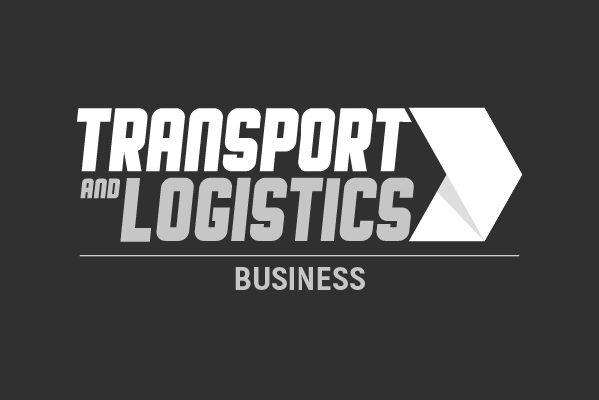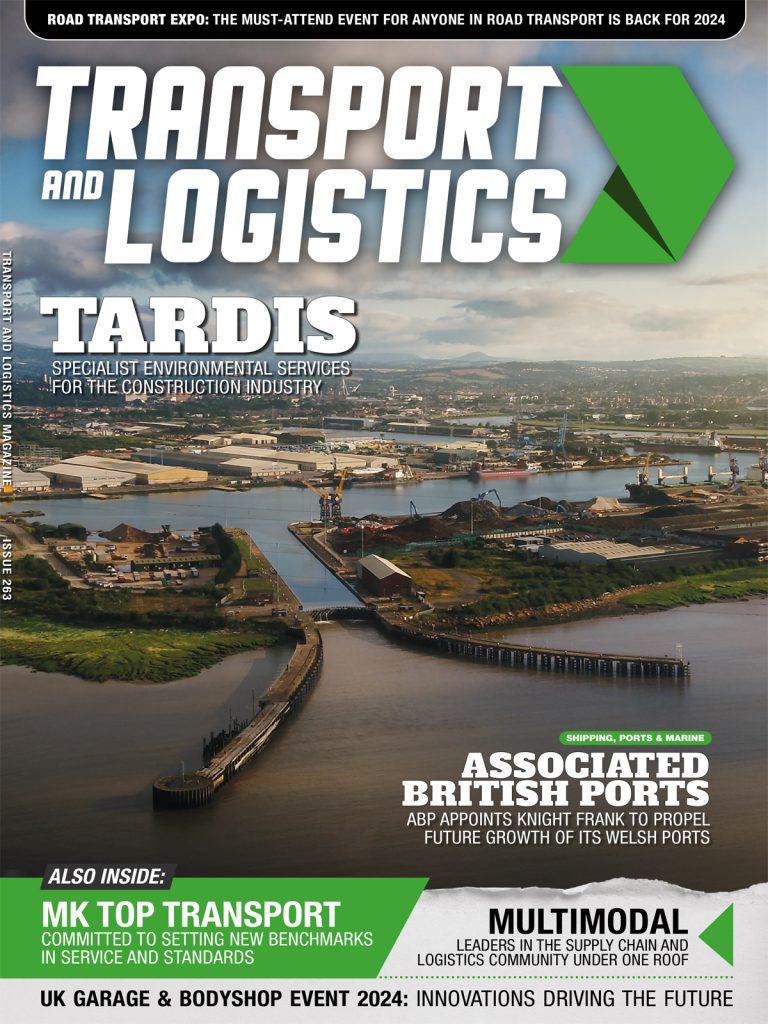Transport Sector Hiring Revs Up
Job prospects in the Transport sector are at their highest level for eighteen months, according to ManpowerGroup, the world leader in innovative workforce solutions. At +9%, the sector’s employment Outlook has risen six points compared to the last quarter, and now stands three points ahead of the national average.
The Manpower Employment Outlook Survey is based on responses from 2,102 UK employers. It asks whether employers intend to hire additional workers or reduce the size of their workforce in the coming quarter. It is the most comprehensive, forward-looking employment survey of its kind and is used as a key economic statistic by both the Bank of England and the UK government.
“There is typically a spike in Transport sector recruitment in the final quarter, but this year we’re seeing particularly high demand across all sub-sectors. From building distribution, to e-commerce, retail and fast-moving consumer goods and drinks logistics, the sector is in urgent need of new recruits. There’s been a particular shortage of drivers over the summer period, as an average of 4,500 drivers per day have been off the road whilst completing their Driver CPC. This has created a backlog of roles to fill and left many companies crying out for these skills through Q3. This is set to continue as we enter the final quarter,” says Simon Edwards, ManpowerGroup Sector Director, Logistics.
“In addition, there are many hotspot regions around the UK, such as the South East, South West and East Midlands, where employers are seeing acute talent shortages, particularly for Class 1 and 2 Drivers. Where the required skills are in short supply, we are likely to see upward movement in pay, as employers seek to attract the best candidates and lock them in.”
“This current demand for all skills within the Logistics sector will soon challenge employers to think more strategically about how they meet their resourcing needs in the longer-term. During the recession, the sector lacked investment to attract and develop the skills required as costs were so tightly managed. Now, a holistic approach to meeting the total resourcing needs of each organisation is required, and companies should focus on developing their future pipeline of talent to maintain the movement of goods around the UK,” adds Edwards.
The UK’s National Employment Outlook of +6%, down from third quarter of 2014 when the Outlook was +8%, shows that employers are scaling back their recruitment plans in the fourth quarter of 2014. The UK jobs market is cooling down following an unprecedented boom so far in 2014, when job creation peaked at its highest level since records began in 1971 raising questions about whether this phenomenal level of growth is sustainable. The fourth quarter’s Outlook suggests it isn’t, with a two point fall in hiring intentions – the sharpest dip we’ve seen in three years.
Despite the overall slowdown in hiring intentions some areas of unprecedented demand and acute skills shortages are changing the shape of the UK employment market. James Hick, Managing Director of ManpowerGroup Solutions comments, “While the pace of jobs growth has slowed, we are actually seeing the emergence of an hourglass jobs economy, with an abundance of demand at the top and bottom, while the middle remains squeezed. At the top of the hourglass we are seeing huge demand for skilled IT, finance and engineering candidates and our professional sourcing division has placed a record number of people to address skills shortages in these areas. While salary growth across the UK as a whole remains constrained, these sectors are bucking the trend as high demand is driving up pay.”
Job creation in manufacturing has hit its highest level in six years, driven by manufacturing hubs such as the West and East Midlands, which top the regional tables this quarter. At the bottom of the hourglass there is also a barrage of demand for unskilled and semi-skilled workers in the service sector.














